Thursday, March 27, 2025
Advances in Carbon Accounting Practices for Buildings
Oregon Ballroom 202Moderator:

Georgia's Expanded Carbon Registry
In 2021, Georgia’s Gov. Brian Kemp signed HB 355 into law, expanding Georgia’s existing carbon registry for timber products to include sustainable building materials contained within buildings. The first project on the registry, 619 Ponce, a mass timber building in Atlanta, is demonstrating a new way to value the benefits of timber construction. Sam Culpepper of Southface, the third-party verifier for the project, will discuss the benefits of the Registry, as well as the requisite LCA process and benefits of registering buildings for credits.

Data-Driven Evaluation of the Embodied Carbon Benefits of Mass Timber
In 2023, our firm embarked on an expansive benchmarking study, completing 97 Whole-Building Life Cycle Assessments to validate a set of priority embodied carbon reduction measures. This study includes 10 mass timber projects across a variety of use types. All projects assessed represent completed designs, quantity takeoffs are based on high-resolution BIM Models, and the LCA studies follow a set methodology, addressing discrepancies commonly found in embodied carbon benchmarks.
For this study, we separated the projects’ biogenic carbon data from fossil emissions. We found that even when biogenic carbon is reported separately from our projects’ fossil impacts, our mass timber work is typically lower in upfront embodied carbon than projects built from other primary structural materials. These findings, accompanied by circular approaches to end of use for mass timber, demonstrate that flexible, enduring mass timber designs can support significant impact reduction and long-term carbon storage.

New York City Mass Timber Studio: A Case Study for Utilizing Mass Timber in Harlem
As part of the inaugural NYC Mass Timber Studio climate innovation program, sponsored by NYC/EDC, the Mass Timber in Harlem case study, led by architects at atelierjones, evaluates the viability of utilizing a mass timber superstructure instead of an existing concrete design on a seven-story residential building in Harlem, New York. Following the design of the mass timber building, DCI led the WBLCA analysis, working with atelierjones, Pliteq, and Swinerton to achieve the program goal of also evaluating the climate impacts of mass timber on projects located in NYC, while considering the environmental justice concerns of those communities.
This presentation will examine how switching from concrete framing to a mass timber/light-gauge steel hybrid structure helped the project team achieve significant embodied carbon and cost reductions. Additionally, the case study will compare the whole building life cycle assessment data of four different mass timber floor assemblies compared to the existing concrete design, with a focus on using an alternative dry-assembly instead of traditional gypsum concrete. Along with environmental impact results, lessons learned from the design and WBLCA process will be shared, as well as opportunities for future embodied carbon reductions and economic drivers.

Session CEUs: Course Description and Learning Objectives
Course Description
This course explores the latest innovations in sustainable building practices specific to mass timber, and the importance of Life Cycle Assessments (LCA) in reducing embodied carbon in buildings within regulatory and voluntary frameworks. Attendees will learn about regulatory advancements made in Georgia through HB 355, which allows for sustainable materials within buildings to be included in the state’s carbon registry. This portion will also look at the role of LCA in securing carbon credits for mass timber projects, using Atlanta’s 619 Ponce as an example. The course will also present a case study from the inaugural NYC Mass Timber Studio, evaluating how substituting concrete with a hybrid mass timber and light-gauge steel structure for a seven-story residential building in Harlem impacted embodied carbon and cost. Finally, attendees will review findings from a benchmarking study encompassing 97 Whole-Building Life Cycle Assessments (WBLCA), which evaluated embodied carbon reduction measures across a variety of building types. This research highlights the lower embodied carbon in mass timber buildings compared to traditional concrete structures, even when biogenic carbon is considered separately from fossil emissions. Through this course, participants will learn how the responsible use of mass timber can significantly reduce a building’s carbon footprint, with socio-economic co-benefits that make it a key player in climate-positive architecture and sustainable urban development.
ICC:
Regulatory advancements made in GA through HB 355, allows for sustainable materials within buildings included in the state’s carbon registry. Role of LCA in securing carbon credits for MT projects, using Atlanta’s 619 Ponce example. Case study from inaugural NYC MT Studio, evaluating substituting concrete with a hybrid MT and light-gauge steel structure for 7-story residential bldg in Harlem impacted embodied carbon & cost. Review findings from 97 Whole-Building LCA (WBLCA). Highlight lower embodied carbon in MT buildings compared to concrete structures, even when biogenic carbon is considered separately from fossil emissions. Responsible use of MT can reduce a building’s carbon footprint, with socio-economic co-benefits in climate-positive architecture and sustainable urban development.
Learning Objectives
- Apply life cycle assessment (LCA) techniques to assess and mitigate embodied carbon in building materials, understanding the importance of whole building life cycle assessment in advancing health, safety, and environmental goals.
- Evaluate the environmental implications of using mass timber in construction by comparing its embodied carbon impacts and performance against traditional materials such as concrete, with an emphasis on improving long-term environmental and social outcomes.
- Understand several different regulatory environments across the United States and how this can motivate project teams to use LCA as a tool for demonstrating the embodied carbon reduction potential of mass timber.
- Integrate lessons learned from real-world case studies to improve future design and construction processes, with an emphasis on health, safety, and welfare (HSW) considerations when selecting low-carbon materials like mass timber in various types of buildings.
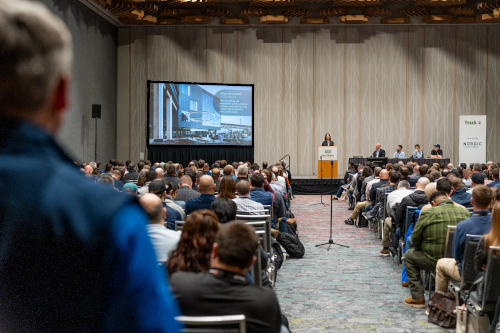 View the Agenda
View the Agenda
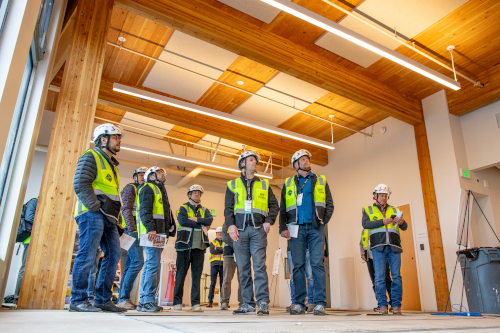 Book a Building Tour
Book a Building Tour
 Book Your Exhibit Space
Book Your Exhibit Space
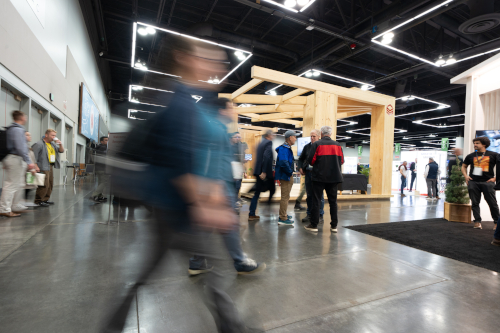 Explore the Exhibit Hall
Explore the Exhibit Hall
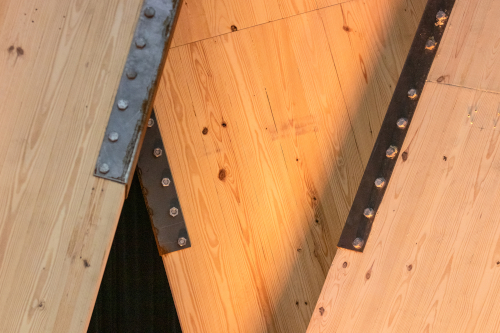 Become a Sponsor
Become a Sponsor
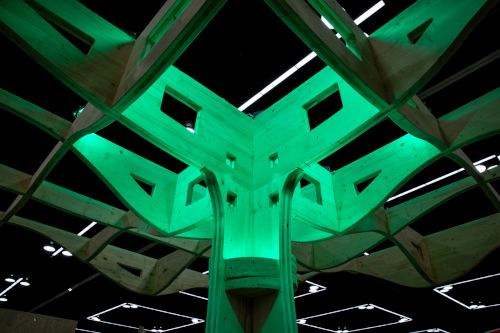 View Sponsors & Partners
View Sponsors & Partners
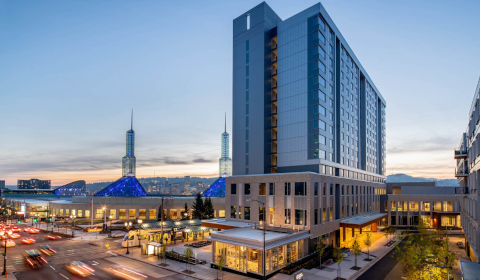 Reserve Hotel Rooms
Reserve Hotel Rooms
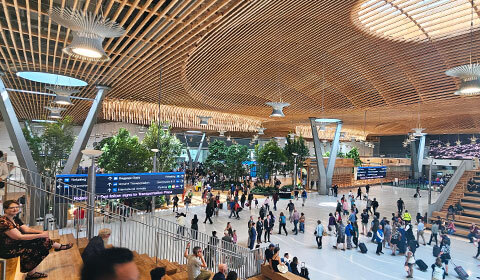 Discounted Plane Tickets
Discounted Plane Tickets
 Read Case Studies
Read Case Studies
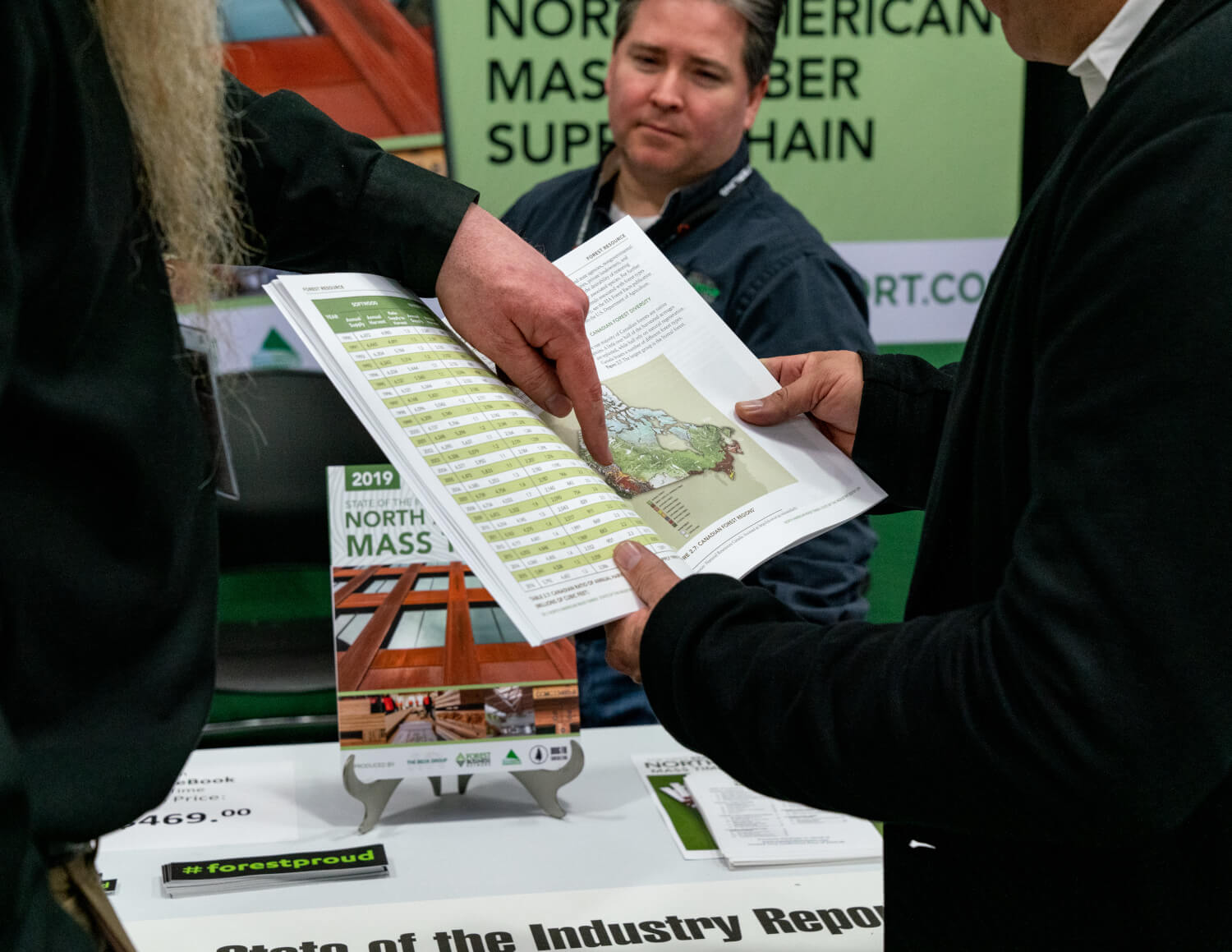 Purchase Past Reports
Purchase Past Reports
